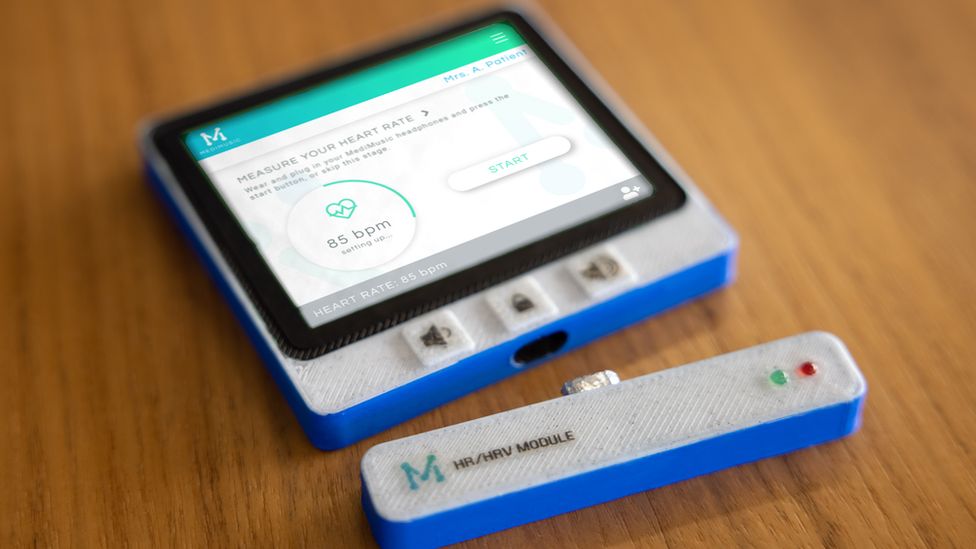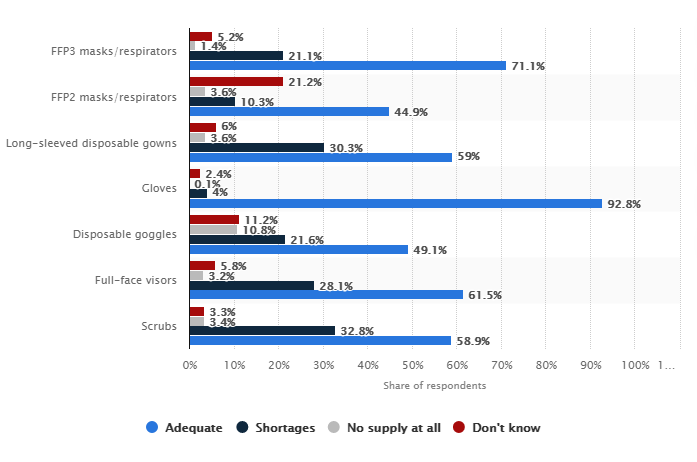In the land of disruptive technologies, amongst the graveyard of the old stands shiny new tech, waiting to make its mark on the world. Technologies such as cloud computing and blockchain technology have seamlessly made their way into our everyday lives, changing and improving different processes.
Others like Augmented Reality (AR) and Virtual Reality (VR) have birthed the possibilities of a new virtual life, providing a new dimension altogether. However, one technology that could change the future in a very big and promising way is Artificial Intelligence (AI).
Artificial Intelligence is the process of enabling computers and machines to mimic the human mind, giving them the ability to learn and identify new trends, make decisions based on the data presented in front of it and problem-solve to create solutions, giving it human mind-like capabilities.
Over the years, AI has helped to increase business goals overall by improving sales forecasting and predicting customers’ needs, which has helped to develop solutions. It has also increased communication across boards, impacting business decisions and life decisions as we know it. Its adoption has been fast and well-received as evident from the chart below.

However, the capabilities of AI are being taken a step further. Initially, its implementations were solely focused on businesses and how they can best utilise the tech. However, as technology develops, newer opportunities have been crafted from it, allowing it to make its way into our daily lives.
Virtual assistants like Alexa, Siri and Google all use AI technology to help craft a personalised experience for users, making everyday life easier and better connected. The programs use voice commands through their natural ability to understand natural language allowing them to perform and fulfil tasks. Without AI, the capabilities and possibilities virtual assistance brings to us would be non-existent.
With the understanding of how AI works and how it has changed our everyday lives, we can now begin to see its adoption in the healthcare and wellbeing sectors. Using tech like AI in healthcare not only makes procedures more accessible and safer but also puts consumers in control of their health and wellbeing.
AI increases the ability for healthcare professionals to gain a better understanding of patients and conditions, which gives them huge insight into the day-to-day patterns and needs of the patients, even in the most creative of ways.
AI Music is the best medicine
Many use music as an outlet for relaxation. It has long been known to have qualities that have profound effects on emotions and our bodies. Without realizing it, noises that we hear daily can cause stress. A recent study found when we listen to music, our dopamine levels increase, causing the brain to have a peak, happy emotional response.
Dopamine is a pivotal chemical that helps to establish and maintain behaviour. If music is able to produce and release the chemical resulting in elevated feelings and mindsets, then music has the potential to be used in healthcare. A slower tempo song can help to quiet the mind and relax muscles, helping to release stress, leaving us feeling soothed. For this reason. Music therapy can be effective for relaxation and stress management.

With this in mind, MediMusic is aiming to bring music technology to healthcare which it believes has the power to better care for patients. The company stands by the claim that using artificial intelligence to help craft playlists for individual patients can help to reduce anxiety and pain. The company has developed an algorithm that can generate a playlist of up to 400 songs which have been designed to have a measurable effect on a patient.
As patients listen to the music over a period of time, noticeable effects can be measured and reduced such as blood pressure, heart rate, and the production of the stress hormone cortisol, suggested by the companies founder Gary Jones.
A heart rate monitor on the wrist of the patient is able to measure the physiological effects of the music on the patient. MediMusic’s Digital Drip system uses machine learning to change and swap songs in the playlist if the patient does not respond in the way expected to the music.

Thus far, the technology has been used on dementia patients with findings that have shown a reduction of up to 22% in heart rates for patients. If this disruptive technology works well in a healthcare setting, there is a chance it could replace some more traditional form of therapy that are currently being used to treat conditions such as anxiety.
As we know, currently in the midst of the Covid-19 pandemic, many are suffering from health anxiety and general anxiety. As we begin to return to a new normal. Many are still apprehensive about coming out into the world, trying to work and play as normal. To help tackle these new challenges brought on by the pandemic here is a look at new technology that will help everyone get back to normal.
The new normal is tech
If you didn’t know at the beginning of the pandemic, you know now how vital PPE is. PPE continues to be in short supply. However, the use of wearable technologies such as smart glasses can be used to help address these ongoing issues of supply and demand in PPE.
A study conducted by the University Malaya Specialist Centre using smart glasses with the use of AR found that conducting ward rounds on patients during a pandemic was proving to be difficult. However, with the use of smart glasses, the neurosurgery residents were able to conduct virtual and physical ward rounds on 103 patients, achieving excellent reliability and high satisfaction levels.
The study confirmed that the use of online telemedicine in the form of smart glasses by some of top tech brands used for virtual ward rounds was a feasible and effective way of conducting daily working responsibilities whilst being accepted as an alternative to physical ward rounds during the Covid-19 pandemic. Technology like smart glasses help practitioners monitor and treat patients in a safe way for both parties which conserving PPE.

As technology becomes an increasingly significant part of our daily lives and a growing population of tech users is born and bred, there is now a huge emphasis and movement on patient-centred care that is slowly becoming more dependable on smart wearable technology, making life slightly easier as well as becoming a solution to problems.
Using wearable technology can help save time, money and resources. Although it may not seem so natural to use technology as a means to better treat patients, it is becoming vastly popular, and it will be pivotal in the near future.
The wearables industry is growing fast. As technology progresses, we are finding more ways of tuning our everyday objects into smart wearables, now including apparel. In 2019 the smart glasses market was worth an estimated $374million. By 2030 the market is expected to reach $2.3billion. There are two main types of wearables: Smart Hugs and Smart Glasses.
Smart hugs are wearable technologies that use vibration to comfort and reassure an individual when they are emotionally or physically out of sorts. Utilising technologies such as frictional feedback, soft-touch fabrics, thermo-sensitive objects, motion transmitters and heaters can all be used in smart hugs. This type of wearable blurs the line between the physical and digital world.
The smart glasses market is rapidly growing; the IPD Group estimates that by 2020, this market will be worth an estimated $2.3 billion per year, expanding at a rate of 6% annually. We are seeing a massive shift in health care becoming more and more reliant upon wearable technology.
Wearable technology is rapidly growing in importance to everyday life. It is completely changing our way of life, it is making our lives easier, making treating patients safer and becoming a part of the everyday healthcare needs for all patients.
The smart glasses market has been growing steadily since 2014: 2015 saw the global smart glasses market worth an estimated $374million but by 2020 this will increase to $2.3billion.
Although smart glasses will continue and increase their use in healthcare, there are still several steps to take before this becomes an everyday occurrence. Smart wearables are one way of increasing efficiency for both parties involved with making eye contact being particularly important when taking notes during sessions.
The use of smart glasses may be an easy fix for treatment during a pandemic, however, the use of wearable technology by itself does not make a safe and efficient way of treating patients. The excessive use of voice recognition software is another area that requires more research in order to improve efficiency. However, in the future smart technology is expected to become a much more common feature in our everyday lives.
Some challenges that health care departments must address on how to adopt smart glasses into their daily operations include:
The importance of PPE needs to be made clear when wearing such devices as smart glasses. The two main risks with smart glass technology are incorrect diagnosis and failure to identify disease severity. The most common problem that has been arising due to overreliance on voice recognition software is correctly identifying patients and their symptoms from afar.


